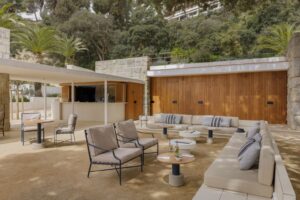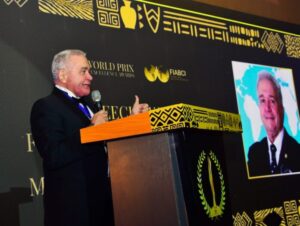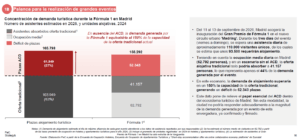In recent years, design, functionality, and sustainability have emerged as fundamental pillars that are redefining the way we conceive and create products in various industries. From fashion to technology, architecture to furniture, these trends are marking a paradigm shift towards a more conscious and balanced approach between form and function.
Current design focuses not only on aesthetics, but also on user experience and interaction with the product. Designers are adopting a holistic approach that integrates visual, tactile, and emotional aspects, creating objects that stand out not only for their appearance, but also for their ability to connect with people on a deeper level. This approach has been driven by a growing interest in the psychology of design, which seeks to understand how objects impact our well-being and behavior.
Functionality is another key component in this new era of design. Consumers demand products that simplify their lives, offering efficient solutions tailored to their daily needs. This has led to a rise in modular and multifunctional designs, especially in urban environments where space is limited. From furniture that transforms for different uses to electronic devices that integrate multiple functions, versatility and practicality are now more important than ever.
On the other hand, sustainability has ceased to be an option and has become an urgent necessity in the development of new products. In response to growing environmental concerns, designers are exploring recycled materials and less polluting production processes. Additionally, there is a strong movement towards the circular economy, where products are designed with their entire lifecycle in mind, from manufacturing to final recycling or reuse.
Companies are increasingly committed to reducing their carbon footprint, implementing sustainability policies that encompass everything from sourcing raw materials to distribution. This commitment is not only a response to regulatory and social pressure, but is also becoming a competitive advantage, as consumers prefer brands that demonstrate environmental responsibility.
In conclusion, design, functionality, and sustainability are not simply passing fads, but key elements in the evolution of products seeking a balance between technological progress and environmental responsibility. As we move towards a more conscious future, these trends will continue to drive innovation and define quality standards in all industries.
Referrer: MiMub in Spanish












